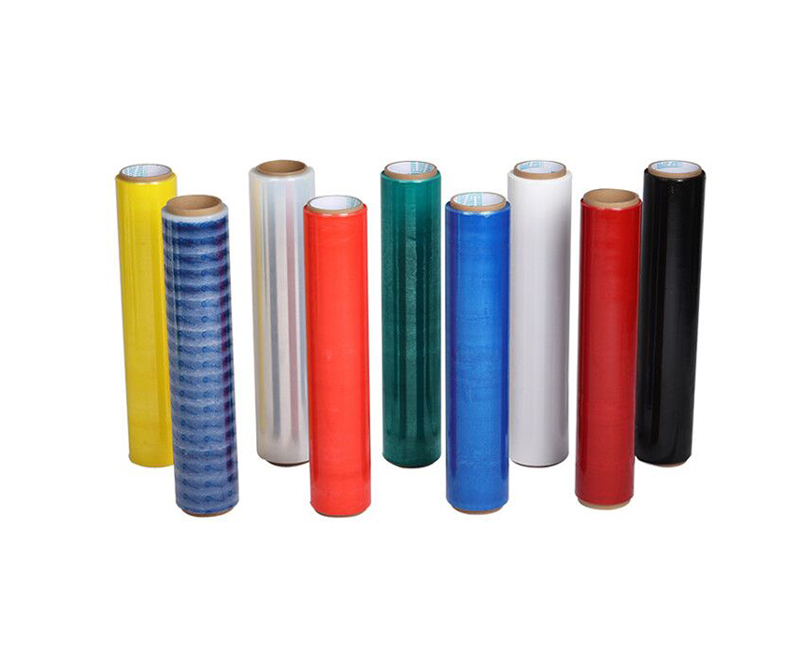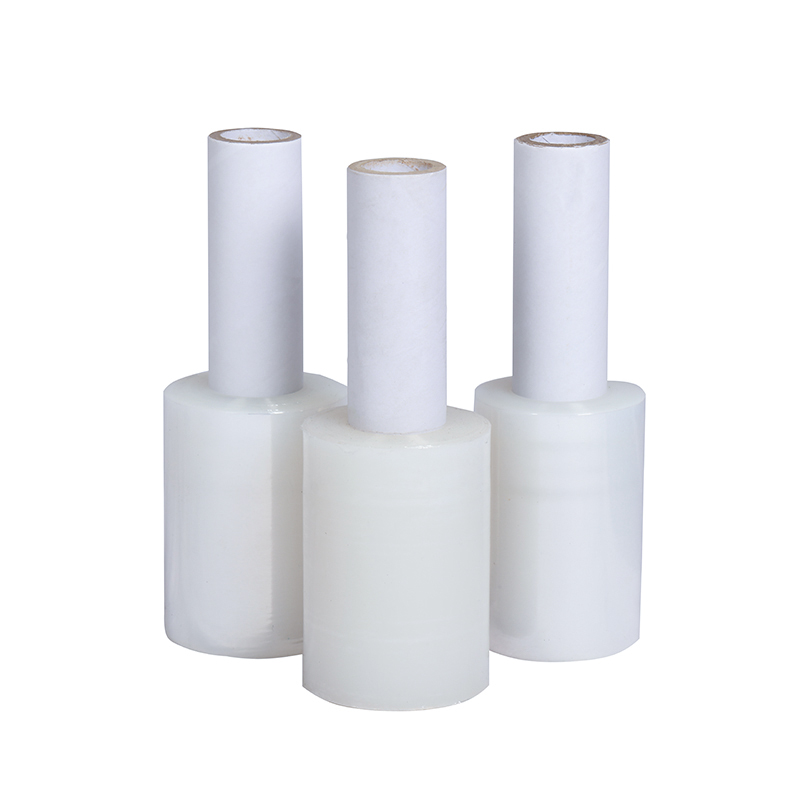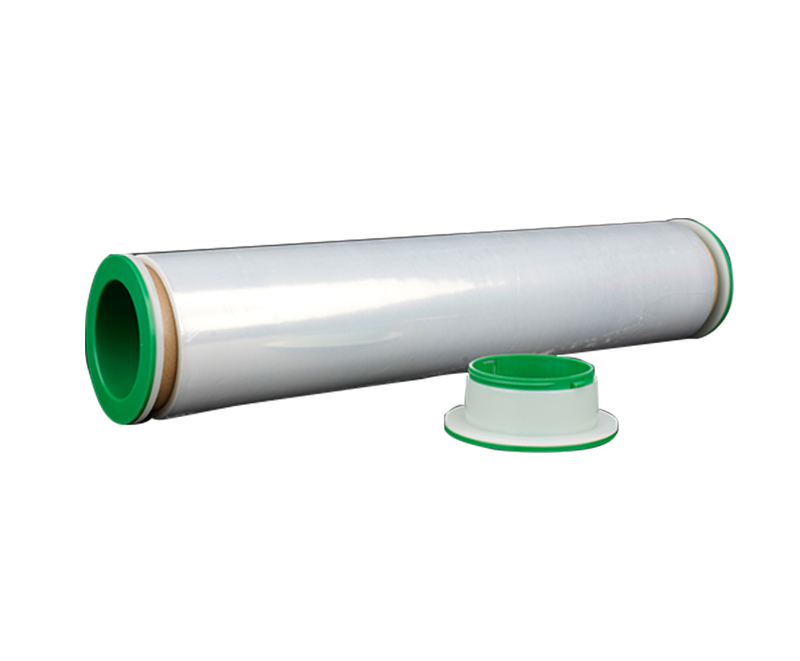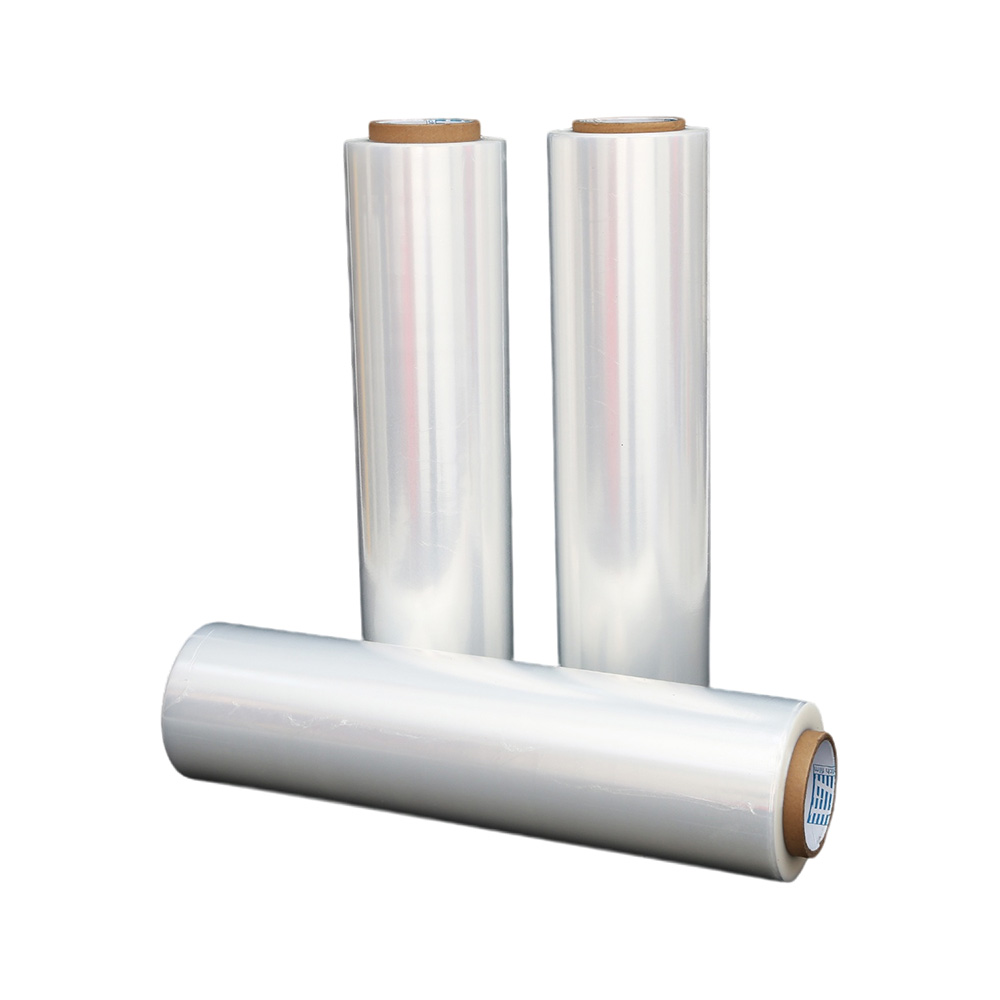6 control points for the stretch film slitting process
Source:6 control points for the stretch film slitting processTime:2022-03-30Visitors:
The slitting operation is the last link in stretch film production and is a vital link. The error of slitting may lead to the scrapping of the whole batch of products. The slitting quality will directly affect the quality of the finished product and the quality of the stretch film. The quality of the Cutting roller directly affects the user's use of the machine. I cannot take a slitting operation lightly.
On the surface, slitting is relatively simple compared to printing, compounding, and other processes. It only needs to divide a stretched film of a certain width into several products of equal or unequal width through the action of a cutter. The simple process is critical. It is necessary to fully grasp the essentials of slitting to minimize consumption, ensure product quality, and meet customer needs.

The slitting position refers to the lower knife position of the slitting cutter.
The slitting machine will have a specific slitting deviation. When slitting, must clearly define the position of the lower knife. If the slitting position is wrong, it will lead to difficulty in tracking the stretch film or pattern defects, which will affect the integrity of the product pattern.
For example, the general product design has a cursor of 5 × 10mm or 4 × 8mm, and the cutting position is generally divided along with the cursor or divided into two parts. However, there are texts on some back seal lines, and the text must be fully guaranteed. Position, the hue of adjacent patterns is very different. Due to automatic packaging requirements, detailed and precise regulations need to be carried out according to the specific situation to avoid product loss.
2. Cutting direction
The slitting direction refers to the unwinding direction of the stretched film's finished roll or semi-finished roll.
Whether the cutting direction is correct or not directly affects the coding position of the automatic packaging machine, the sealing position of the finished product, or the position of the unique shape cutter.
Of course, the wrong direction can be adjusted by the automatic packaging machine or the finished machine, but this will significantly reduce the speed of automatic packaging or finished products, seriously affecting production efficiency. Therefore, when signing a contract with a customer, it is necessary to ask about the unwinding direction of the stretch film.
For the finished product, the sealing position must consider the finished machine's tooling requirements. They must clarify the correct cutting direction to avoid returns and secondary rewinding.
3. Connection method
The standard method refers to the overlapping method of the upper and lower membranes, and generally, there are two types of connection: forward and reverse.
Suppose the direction of the joint is reversed. It will cause the automatic packaging machine to have poor film running, film jamming, material breakage, etc., thus causing downtime and seriously affecting production efficiency. Therefore, must determine the correct joint direction with the customer.
4. Color of joint tape
Tape refers to the joint polypropylene plastic tape used to bond stretch films.
To facilitate automatic packaging identification and finished product identification and detection, tapes with a color that contrasts with the background color of the produced products are usually used.
The same product of the same manufacturer must use the same color tape and cannot be varied, to facilitate management and control and prevent confusion.
5. Joint bonding method
Joint bonding generally adopts the pattern or cursor docking method, which can fully ensure that the stretch film is not affected by the joint during the film running process and can be continuously produced without causing a drop in production efficiency.
The two ends of the adhesive tape for automatic packaging finished rolls are not allowed to be flanged; they are required to be aligned with the width of the film and firmly adhered; the finished semi-finished roll generally requires one end of the tape to be flanged, so that the joint position can be paid attention to when the finished product is finished. The joint bag is strictly controlled to be mixed into the finished bag.
6. Electrostatic treatment
Static electricity is a significant hidden danger in the production process of stretch film because the existence of static electricity will cause problems such as uneven winding and material rejection of slitting film rolls.
For the packaging of powder products, static electricity has a more significant impact and will attract. It is necessary to eliminate static electricity during the slitting process, resulting in poor heat sealing and an untidy appearance on the surface of the stretched film.
The most common method to eliminate static electricity in the slitting process is to use a static eliminator. Therefore, the static eliminator must be turned on for available products when slitting unless there are unique products.
In general, in the production process of stretch film, slitting is a vital and straightforward production link. We cut high-quality stretch film products by fully grasping the essentials of slitting and making various preparations in advance.
On the surface, slitting is relatively simple compared to printing, compounding, and other processes. It only needs to divide a stretched film of a certain width into several products of equal or unequal width through the action of a cutter. The simple process is critical. It is necessary to fully grasp the essentials of slitting to minimize consumption, ensure product quality, and meet customer needs.

6 aspects of controlling the cutting quality:
1. Slitting positionThe slitting position refers to the lower knife position of the slitting cutter.
The slitting machine will have a specific slitting deviation. When slitting, must clearly define the position of the lower knife. If the slitting position is wrong, it will lead to difficulty in tracking the stretch film or pattern defects, which will affect the integrity of the product pattern.
For example, the general product design has a cursor of 5 × 10mm or 4 × 8mm, and the cutting position is generally divided along with the cursor or divided into two parts. However, there are texts on some back seal lines, and the text must be fully guaranteed. Position, the hue of adjacent patterns is very different. Due to automatic packaging requirements, detailed and precise regulations need to be carried out according to the specific situation to avoid product loss.
2. Cutting direction
The slitting direction refers to the unwinding direction of the stretched film's finished roll or semi-finished roll.
Whether the cutting direction is correct or not directly affects the coding position of the automatic packaging machine, the sealing position of the finished product, or the position of the unique shape cutter.
Of course, the wrong direction can be adjusted by the automatic packaging machine or the finished machine, but this will significantly reduce the speed of automatic packaging or finished products, seriously affecting production efficiency. Therefore, when signing a contract with a customer, it is necessary to ask about the unwinding direction of the stretch film.
For the finished product, the sealing position must consider the finished machine's tooling requirements. They must clarify the correct cutting direction to avoid returns and secondary rewinding.
3. Connection method
The standard method refers to the overlapping method of the upper and lower membranes, and generally, there are two types of connection: forward and reverse.
Suppose the direction of the joint is reversed. It will cause the automatic packaging machine to have poor film running, film jamming, material breakage, etc., thus causing downtime and seriously affecting production efficiency. Therefore, must determine the correct joint direction with the customer.
4. Color of joint tape
Tape refers to the joint polypropylene plastic tape used to bond stretch films.
To facilitate automatic packaging identification and finished product identification and detection, tapes with a color that contrasts with the background color of the produced products are usually used.
The same product of the same manufacturer must use the same color tape and cannot be varied, to facilitate management and control and prevent confusion.
5. Joint bonding method
Joint bonding generally adopts the pattern or cursor docking method, which can fully ensure that the stretch film is not affected by the joint during the film running process and can be continuously produced without causing a drop in production efficiency.
The two ends of the adhesive tape for automatic packaging finished rolls are not allowed to be flanged; they are required to be aligned with the width of the film and firmly adhered; the finished semi-finished roll generally requires one end of the tape to be flanged, so that the joint position can be paid attention to when the finished product is finished. The joint bag is strictly controlled to be mixed into the finished bag.
6. Electrostatic treatment
Static electricity is a significant hidden danger in the production process of stretch film because the existence of static electricity will cause problems such as uneven winding and material rejection of slitting film rolls.
For the packaging of powder products, static electricity has a more significant impact and will attract. It is necessary to eliminate static electricity during the slitting process, resulting in poor heat sealing and an untidy appearance on the surface of the stretched film.
The most common method to eliminate static electricity in the slitting process is to use a static eliminator. Therefore, the static eliminator must be turned on for available products when slitting unless there are unique products.
In general, in the production process of stretch film, slitting is a vital and straightforward production link. We cut high-quality stretch film products by fully grasping the essentials of slitting and making various preparations in advance.
Recommended Products
Ranked in the same article
- how to use the stretch film technology to r
- How can we get detailed price list?
- Five common quality problems of PE protecti
- Plastic film degradation
- How to guarantee punctual shipment for our
- Gauge to Micron and Millimetre Conversion G
- What is the difference between stretch film
- Testing the permeability of stretch film
- Stretch film temperature requirements
- Electrical wire film VS electrostatic film
- Why insufficient transparency of stretch w
Latest news articles
- What is the Difference Between Magic Tape a
- Stretch Film Wrap: Unraveling Its Benefits
- Bundling Stretch Film: Optimize Your Packag
- Advantages of white engineering film
- How to check the quality of PE stretch film
- The Ultimate Guide to Choosing the Right Ma
- The 133rd Spring Canton Fair
- The significance of using PE electric wire
- Factors affecting viscosity of PE stretch f
- What Properties Ensure Effective Cold Chain
- How can PE stretch film be cut better?



